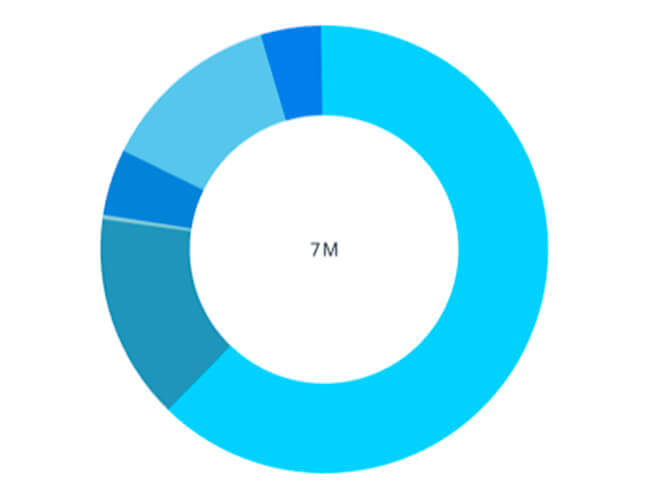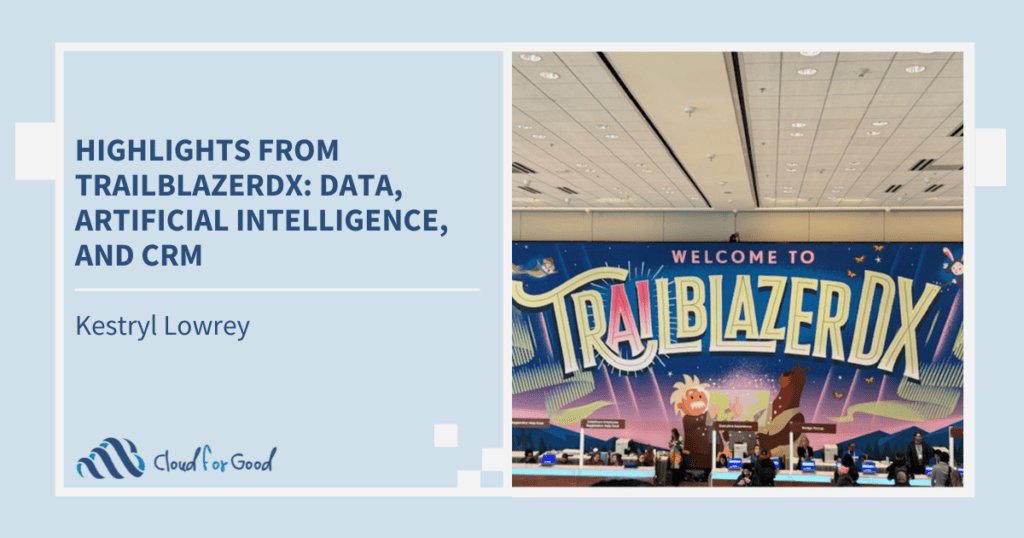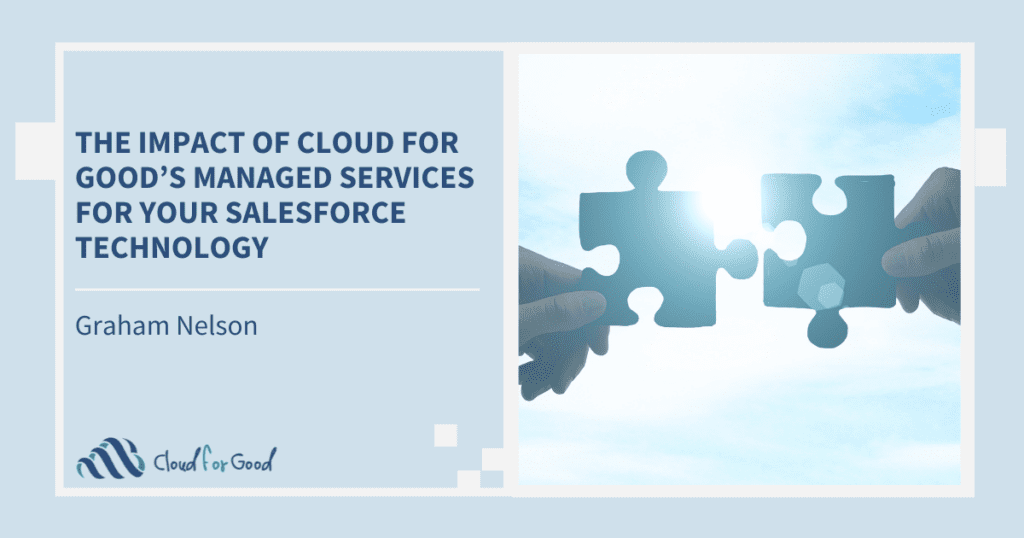Organizations that can best understand and translate their data into actions will be able to raise more funds, provide better programs to their constituents, and communicate with their supporters more effectively. In today’s day and age, where your supporters or customers expect a personalized, immediate and relevant response or product, nonprofits can no longer wait weeks or months to gather insights on past performance.
We all appreciate the Salesforce reports and dashboards and use them heavily but they cannot replace a Business Intelligence (BI) system. The existing reporting tools make it difficult to bring and analyze data from multiple systems, especially if there is a large volume of records. The new Wave Analytics Cloud that was just announced by Salesforce is not “Reports on Steroids” – it is a completely separate technology that Salesforce acquired and integrated to combine the best CRM with a robust BI platform that uses search-based access and columnar data storage for fast retrieval.
This technology will help “everyday users” (not trained analysts) make informed decisions. However, implementing this technology would require a significant commitment from your organization. Here are a few tips to make your implementation of the Salesforce Analytics Cloud easier.
1. Start from the end
Start by getting a better understanding of what your organization needs to know. What will you need to know in order to be more effective?
- How many services did we deliver last month?
- How is our post-program feedback this year compare to last year?
- How has monthly fundraising growth been trending over the past three years?
- What member behaviors are strongly associated with major donors?
- Which factors best predict a student being satisfied by our programs?
Traditionally the answer to most of the above questions is a report or maybe even some fancy charts. This is no longer enough. People want to see data that they can further explore – data that can help them make better decisions and improve performance.
2. The tool is not enough, you need data
Organizations are limited by their ability to access reliable data sources to make smart decisions. We constantly hear from our clients that they cannot report on data because they store the information in multiple systems. When they do get all the data to one location they sometimes don’t trust it because it is not accurate or “clean” and when they do trust their data they cannot make sense of it without dependency on the IT department. The Salesforce Analytics Cloud includes an ETL (Extract, Transform, Load) functionality to extract Salesforce data seamlessly with little dependency on IT. In order to make better decisions start by loading relevant data that does not currently reside in Salesforce into it. The more data you have, the more exploration is possible.
The news of Salesforce Analytics will also allow you to stop providing static data to your staff (yes, I am talking about the PDF report you send to your Executive Director every month). These static reports are limiting your organization because they don’t provide you with the ability to drill down to better understand all the options on the table.
3. Incorporate data governance
When you implement such a powerful technology make sure to follow governance best practices. Impose standards on your data and think about what you really want (and need) the data to look like. Once you are done, ensure that Salesforce can support this structure and make any required changes. Remember, this is an ongoing process. It could be very helpful to schedule monthly or even weekly exercises to evaluate your data processes to ensure that your data stays clean. You can implement some of the many tools from the AppExchange to make sure that duplicates are avoided but at the end of the day, it is typically the human element that can resolve bad data issues.
Make sure that you only capture data that you need and constantly evaluate your existing data to make sure that it is still needed. We always challenge our customers to think about their data, there is no reason to bring or maintain data that no one cares about.
A few tools to explore from the AppExchange:
- Data.com
- DupeBlocker
- DupeCatcher
- RingLead Unique Entry
- Experian QAS
- Wealth Engine
4. Finally, it is all about people
To be successful with your analytics project find people who can be the champions of your data – people who live and breathe data. A good “data therapist” understand your data and is not afraid to dive into it. He or she does not need to be very technical but they do need to know your internal processes and data well. Utilize this person to get people excited about the Salesforce Analytics Cloud.
We are still in the very early stages of the Salesforce Analytics Cloud and I am sure that we are going to see a lot of new functionality and use cases coming up in the coming months and years. It is a great time to jump on the Wave (see what I did here?) of analytics because only organizations who provide such tools to their employees will be able to stay relevant and succeed.
You might be interested in the following related blog posts:





